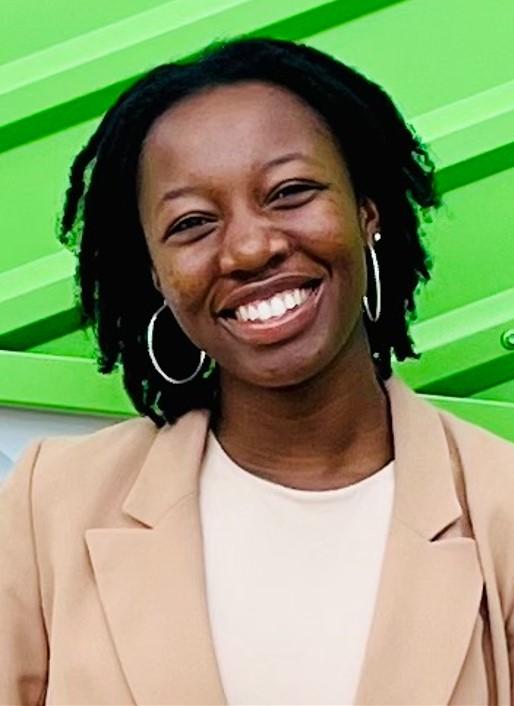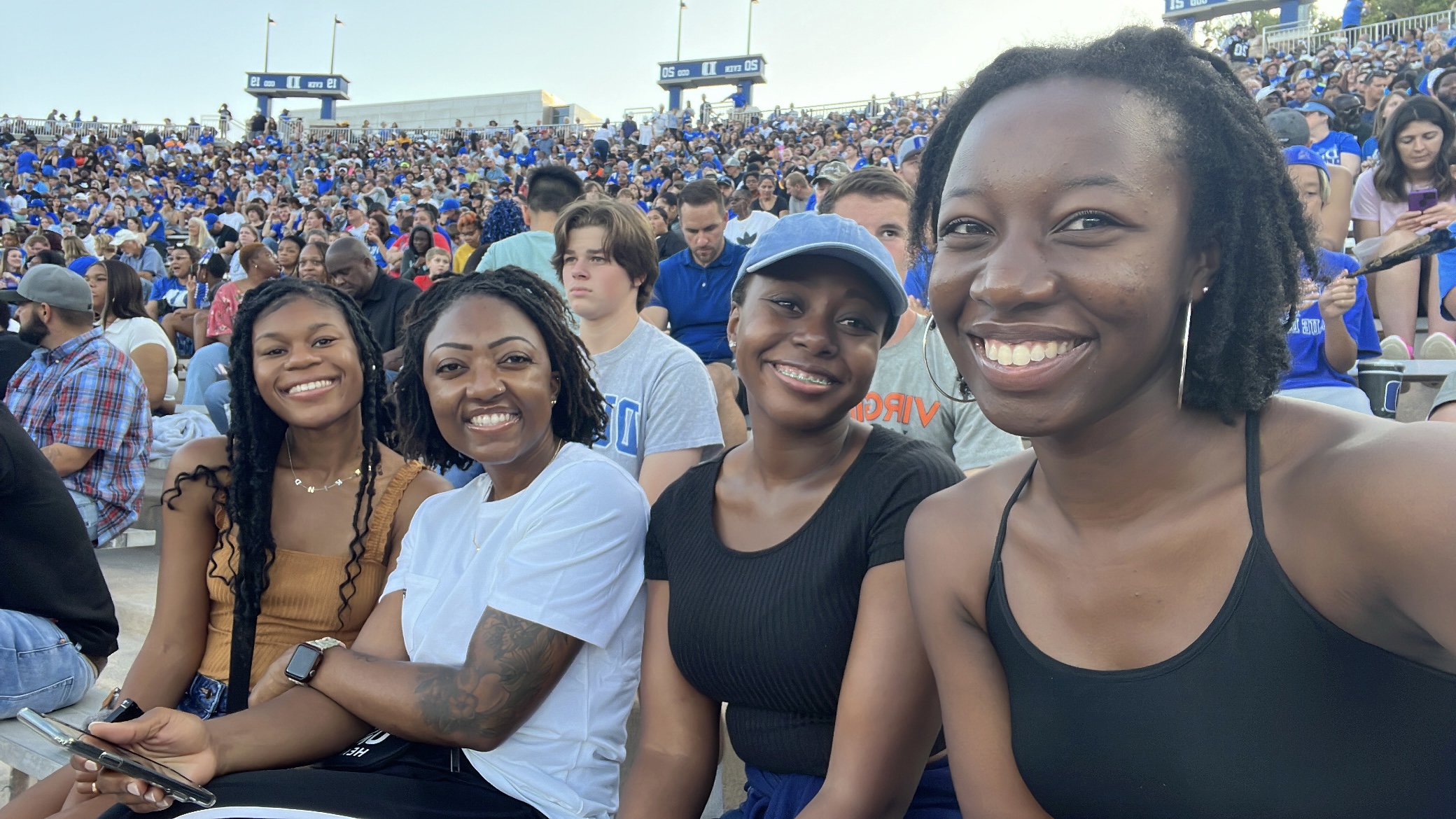
For as long as she can remember, Skylar Groves has been interested in the brain and in the nature of consciousness. Groves is currently putting those interests to use in the lab of Noreen Bukhari-Parlakturk, MD, PhD, where she is helping to examine how deep brain stimulation can help people with focal hand dystonia. In our latest Spotlight interview, Groves talks about her hopes of becoming a future neuroscientist and how her backgrounds in both chemistry and dance influence her current work. She also reveals her loves of dance, musicals, and learning new languages when she’s not at work.
What are your current responsibilities in the Neurology Department? What does a typical workday look like for you?
Within the Department of Neurology, I currently work as a research intern/lab data analyst in the Bukhari lab. A typical work day for me includes waking up around 7 a.m., getting to Science Drive Garage by 8:45 and walking to Bryan Research Building to get to the office by 9. I then spend a few hours analyzing fMRI data using FSLeyes or preparing graphs using JMP software, take a lunch break in the lounge and look at the view of the DIBS building, then simply analyze more data or prepare more graphs for the rest of the day.
What projects are you currently working on in the Bukhari-Parlakturk lab, and how will that research help us better understand or treat movement disorders?
I am currently working on determining the changes in the deep brain network after non-invasive brain stimulation in patients with focal hand dystonia. If we can understand the changes that occur in the deep brain network upon brain stimulation, it will allow us to influence more efficient neuromodulation therapeutics for patients who suffer from these movement disorders.
What’s the most surprising or interesting thing you’ve learned about movement disorders (or how we treat or study movement disorders) since you came here?
The most surprising thing I’ve learned about how we treat movement disorders is the fact that patients who suffer from certain movement disorders can get a procedure done called deep brain stimulation (DBS) where electrodes are implanted in the brain and deliver electrical impulses. That technology can then be programmed to an app on your phone and can be controlled within the palm of your hand. What?! That is so cool! This process is different from the way we are studying because it is invasive. It is exciting to see how technology, medicine, and science are combining to enhance patient care.
How do your backgrounds in chemistry and dance complement your current work?
Majoring in chemistry taught me how to think critically which is a skill I utilize in the lab. I believe dance is one of those remedies that will be a consistent benefit to movement disorder research and other neurological disorders. The reason is because we all know the benefit that exercise has on illnesses of all kinds, and I believe dance is one of those that can increase mobility in patients who suffer from these movement disorders. If there is a way to incorporate dance therapeutics in the work I do, then that would be exciting to investigate.
What are your long-term career plans? If you could have any job in the world, what would it be?
My goal at the moment is to apply to the Duke Neurobiology Graduate Training Program and pursue my dream of becoming a neuroscientist. If I could have any job in the world, I would probably become a forensic neuroscientist/professional dancer…can you imagine?
What do you enjoy most about your work?
What I enjoy most about my work is the freedom to deep dive into the world of neuroscience. I have been interested in the workings of the brain for a long time and I love asking question upon question as to why certain things are the way they are in the brain and why we behave, say, and think the way we do.
What’s the hardest part of your job?
Since I come from a chemistry background, I do not have a lot of experience with computational analytical tools and software. So learning how to use software like FSLeyes, JMP, and Matlab has been a learning curve but it’s been worth it. I enjoy getting outside of my comfort zone and learning new skills.
What other passions or hobbies do you have outside of the Department?
I grew up as a gymnast and dancer, so I continue to dance to this day. I’ve taken a jazz class at Empower Dance Studio, and I am currently taking modern classes at Ninth Street Dance Studio. I hope to soon try my hand at ballroom dancing as well. I run occasionally and do yoga at 110 Hot Yoga Studio. My other hobbies include writing/blogging and learning languages. I love watching musicals and I currently work as a hostess at Nanasteak.

Groves poses with some friends at the Duke Employee Football Game against North Carolina A&T.